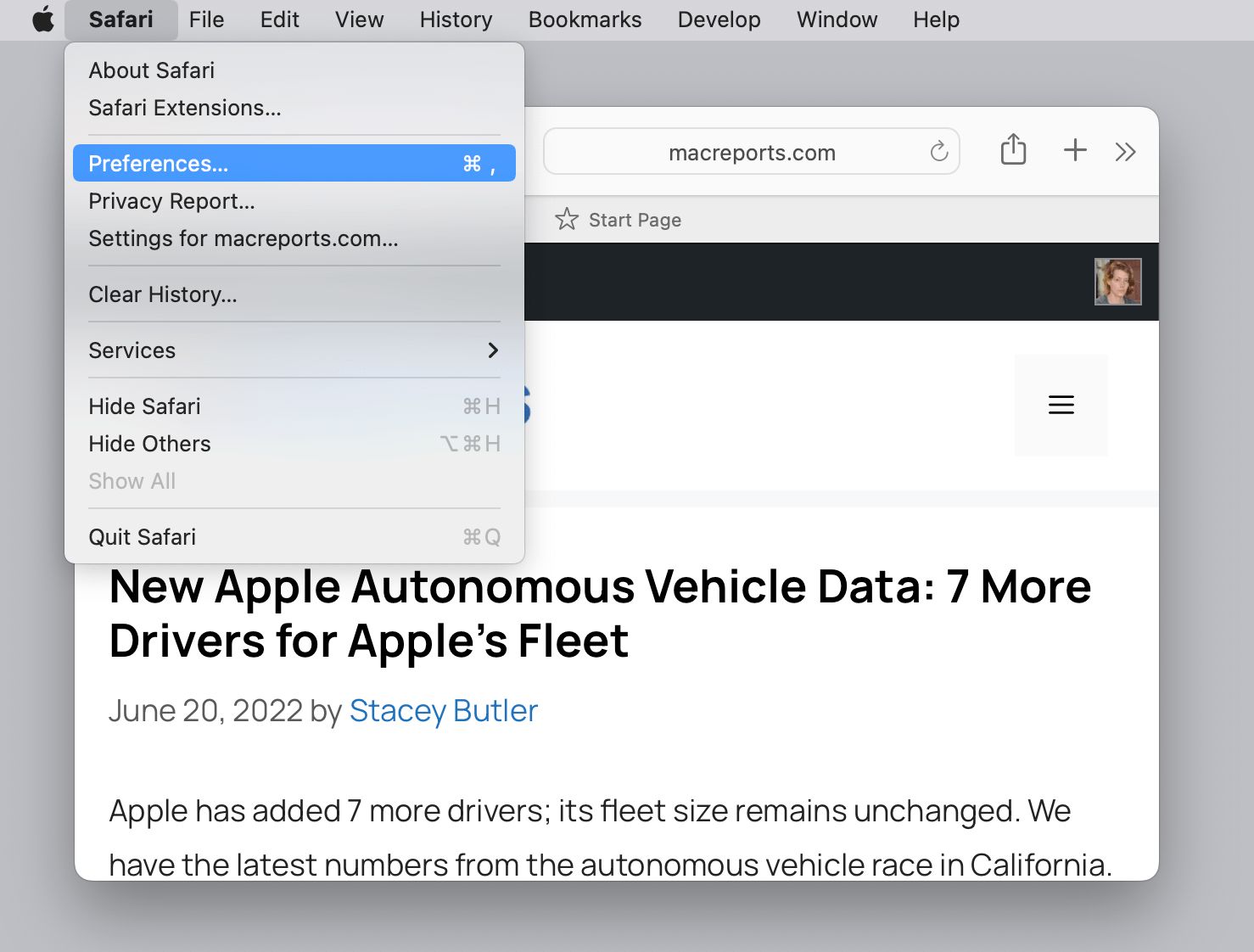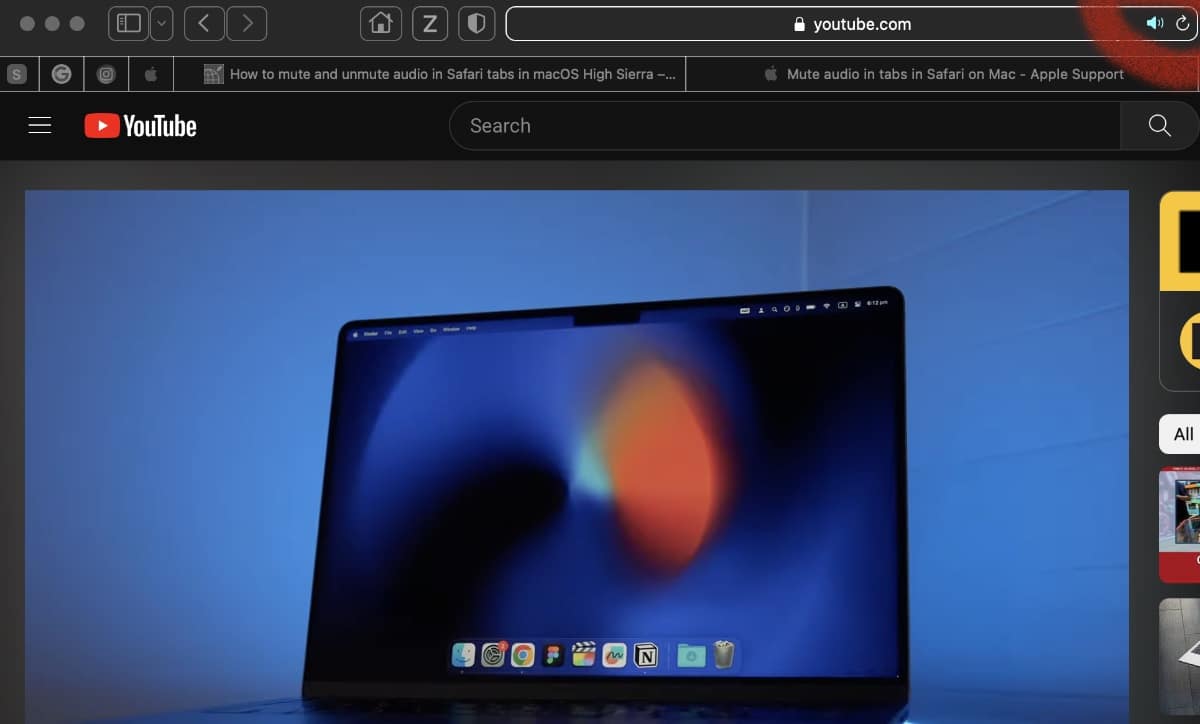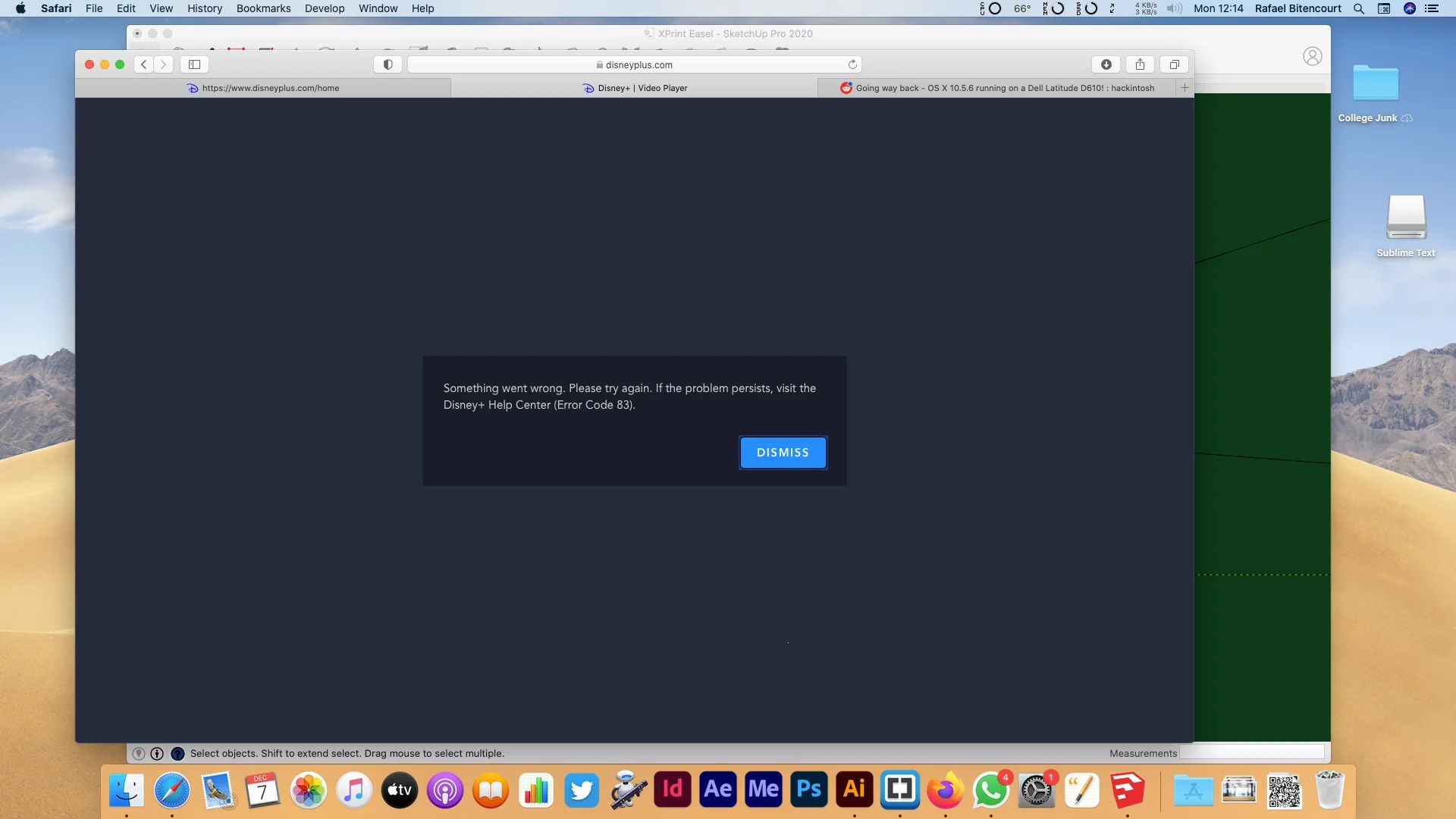Introduction
Safari, Apple's widely-used web browser, offers a seamless and secure browsing experience for its users. One of the features that users often seek to customize is autoplay, which allows videos and audio to play automatically when visiting websites. Understanding how to enable autoplay on Safari can enhance the browsing experience, especially for those who frequently visit multimedia-rich websites or rely on autoplay for specific applications.
Autoplay settings can impact the way users interact with various websites and online content. Whether it's for entertainment, education, or work-related purposes, having control over autoplay preferences can significantly improve the overall browsing experience. In this article, we will delve into the intricacies of autoplay on Safari, providing a comprehensive guide on how to enable this feature to suit individual preferences and needs.
By gaining a deeper understanding of Safari's autoplay settings and learning how to customize them, users can tailor their browsing experience to align with their preferences. Whether it's enabling autoplay for specific websites or adjusting the settings to strike a balance between convenience and data usage, having the knowledge and tools to personalize autoplay settings can empower users to make the most of their browsing sessions.
In the following sections, we will explore the nuances of autoplay on Safari, providing step-by-step instructions for enabling this feature and addressing common troubleshooting issues that users may encounter. By the end of this guide, readers will have a comprehensive understanding of how to harness the power of autoplay on Safari, allowing them to navigate the web with greater flexibility and control.
Understanding Autoplay on Safari
Autoplay, a feature that automatically plays media such as videos and audio when visiting websites, has become a common element of the online browsing experience. However, Safari, Apple's renowned web browser, incorporates specific settings related to autoplay, aiming to provide users with greater control over their browsing environment.
In Safari, autoplay settings are designed to strike a balance between user convenience and data consumption. By default, Safari restricts autoplay for most websites, thereby preventing unexpected media playback that could disrupt the browsing experience. This proactive approach aligns with Apple's commitment to user privacy and security, as it mitigates the potential for intrusive or unwanted media content to play automatically.
Safari's autoplay settings are intricately linked to the browser's broader privacy and security features. By regulating autoplay, Safari aims to safeguard users from potentially harmful or disruptive content, reinforcing its reputation as a secure and user-focused browsing platform.
Understanding Safari's autoplay settings involves recognizing the nuances of when and how media content is allowed to play automatically. Users have the flexibility to customize autoplay preferences based on their specific needs and browsing habits. This level of customization empowers users to tailor their browsing experience to align with their preferences, whether it involves enabling autoplay for select websites or opting for stricter autoplay restrictions to conserve data usage.
Moreover, Safari's autoplay settings extend beyond individual websites, encompassing various types of media content, including videos, audio, and interactive elements. This comprehensive approach ensures that users have granular control over how media content is presented during their browsing sessions, contributing to a more personalized and user-centric experience.
By gaining a deeper understanding of Safari's autoplay settings, users can navigate the web with greater confidence and control. Whether it's for leisure, research, or professional purposes, having insight into Safari's autoplay intricacies empowers users to make informed decisions about their browsing preferences and privacy considerations.
Enabling Autoplay on Safari
Enabling autoplay on Safari involves navigating the browser's settings to customize the autoplay preferences according to individual needs and browsing habits. By adjusting these settings, users can ensure that media content, such as videos and audio, plays automatically on specific websites or across the web. Whether it's for entertainment, educational resources, or work-related applications, enabling autoplay on Safari can enhance the browsing experience and streamline access to multimedia content.
To enable autoplay on Safari, follow these step-by-step instructions:
-
Access Safari Preferences: Begin by opening the Safari browser on your Mac or iOS device. Navigate to the "Safari" menu located in the top-left corner of the screen and select "Preferences" from the dropdown menu. This will open the Safari Preferences window, where various settings and customization options are available.
-
Navigate to Websites: Within the Safari Preferences window, locate and click on the "Websites" tab. This section houses a range of website-specific settings, including those related to autoplay and media content.
-
Select Autoplay: Under the "Websites" tab, find the "Autoplay" option in the left-hand sidebar. Clicking on this option will reveal a list of websites and their respective autoplay settings.
-
Customize Autoplay Settings: Scroll through the list of websites to identify the site for which you wish to enable autoplay. Once the desired website is located, adjust the autoplay setting to "Allow All Auto-Play" or "Allow All Auto-Play On [Website]" as per your preference. This selection will enable autoplay for the specified website, allowing media content to play automatically when visiting the site.
-
Adjust Additional Settings: For a more granular approach, consider customizing autoplay settings for specific types of media content, such as videos or audio. Safari allows users to set individual preferences for different media categories, providing a comprehensive level of control over autoplay functionality.
By following these steps, users can effectively enable autoplay on Safari, tailoring the browsing experience to align with their preferences and needs. Whether it's for enjoying seamless access to multimedia content or optimizing the browsing environment for specific websites, having the ability to customize autoplay settings empowers users to make the most of their Safari browsing experience.
Enabling autoplay on Safari is a valuable feature that enhances the accessibility and convenience of multimedia content, contributing to a more personalized and user-centric browsing experience. By leveraging Safari's autoplay settings, users can navigate the web with greater flexibility and control, ensuring that media content plays automatically in accordance with their preferences and browsing habits.
Troubleshooting Autoplay Issues
Encountering issues related to autoplay on Safari can disrupt the browsing experience and hinder seamless access to multimedia content. When autoplay fails to function as expected, users may encounter scenarios where videos or audio do not play automatically, despite having enabled autoplay settings. Addressing these autoplay issues requires a systematic approach to identify and resolve potential underlying factors that may be impeding the intended functionality.
Here are some troubleshooting steps to address autoplay issues on Safari:
-
Check Autoplay Settings: Begin by revisiting the autoplay settings within Safari Preferences. Ensure that the desired websites or media categories have been configured to allow autoplay. Verify that the settings accurately reflect the intended autoplay preferences, as discrepancies in the configuration can lead to unexpected autoplay behavior.
-
Clear Website Data: Safari stores website data, including preferences and settings related to autoplay, in its cache. Clearing this data can resolve potential conflicts or inconsistencies that may be affecting autoplay functionality. Navigate to Safari Preferences, select the "Privacy" tab, and click on "Manage Website Data" to remove stored data for specific websites.
-
Update Safari: Ensuring that Safari is running the latest version is essential for resolving potential bugs or compatibility issues that may impact autoplay. Check for updates in the App Store (for iOS devices) or through the Software Update section in System Preferences (for Mac), and install any available Safari updates.
-
Restart Safari: Sometimes, a simple restart of the Safari browser can rectify temporary glitches or performance issues that may be affecting autoplay. Close the Safari browser and relaunch it to see if the autoplay functionality resumes as expected.
-
Reset Safari Settings: If autoplay issues persist, consider resetting Safari settings to their default configuration. This can help eliminate any customized preferences or configurations that may be contributing to autoplay-related problems. Navigate to Safari Preferences, select the "Advanced" tab, and click on "Reset Safari" to restore default settings.
-
Check for Browser Extensions: Certain browser extensions or plugins may interfere with autoplay functionality. Disable or remove any extensions that could potentially conflict with Safari's autoplay settings, and then test the autoplay feature to see if the issue is resolved.
By systematically troubleshooting autoplay issues on Safari, users can identify and address potential factors that may be impeding the intended autoplay functionality. These steps empower users to proactively resolve autoplay-related problems, ensuring a smoother and more consistent browsing experience when it comes to media playback.
Conclusion
In conclusion, Safari's autoplay settings offer users a nuanced and customizable approach to managing media playback during browsing sessions. By understanding the intricacies of autoplay on Safari and learning how to enable this feature, users can tailor their browsing experience to align with their preferences and needs. Whether it's for enjoying seamless access to multimedia content, conserving data usage, or prioritizing user privacy and security, Safari's autoplay settings empower users to navigate the web with greater flexibility and control.
Enabling autoplay on Safari involves navigating the browser's settings to customize autoplay preferences according to individual needs and browsing habits. By following the step-by-step instructions outlined in this guide, users can ensure that media content plays automatically on specific websites or across the web, enhancing the accessibility and convenience of multimedia content.
Moreover, troubleshooting autoplay issues on Safari equips users with the tools to address potential factors that may impede the intended autoplay functionality. By systematically identifying and resolving autoplay-related problems, users can maintain a smoother and more consistent browsing experience when it comes to media playback.
Ultimately, Safari's approach to autoplay reflects Apple's commitment to user privacy, security, and personalized browsing experiences. By providing granular control over autoplay settings, Safari empowers users to make informed decisions about their browsing preferences, ensuring that media content plays automatically in accordance with their individual needs and browsing habits.
As technology continues to evolve, Safari's autoplay settings remain a pivotal feature that adapts to the changing landscape of online media consumption. By staying attuned to user preferences and technological advancements, Safari continues to uphold its reputation as a secure, user-centric, and innovative web browser, offering a browsing experience that prioritizes convenience, privacy, and control.
In essence, Safari's autoplay settings epitomize the browser's commitment to empowering users with the tools and flexibility to tailor their browsing experience according to their unique preferences and requirements. By harnessing the power of autoplay on Safari, users can navigate the web with confidence, knowing that their media playback preferences are aligned with their individual needs and browsing habits.

























